Understand
Intramuros, the historic walled city of Manila, has a rich and fascinating history. Built by Spanish conquistador Miguel Lpez de Legazpi in 1571, it served as the capital of the Spanish East Indies for centuries. The city was protected by impressive stone walls and fortifications, enclosing a grid-like system of streets, palaces, churches, monasteries, schools, and government structures. Manila thrived as the center of commerce, education, government, and religion in Spain's distant imperial possession. However, it faced destruction during the Battle of Manila in 1945. Today, efforts have been made to restore many of the city's ancient gates and walls, but the reconstruction of key landmarks remains a challenge due to limited funds and the presence of modern structures.
Map & Climate
Popular Foods
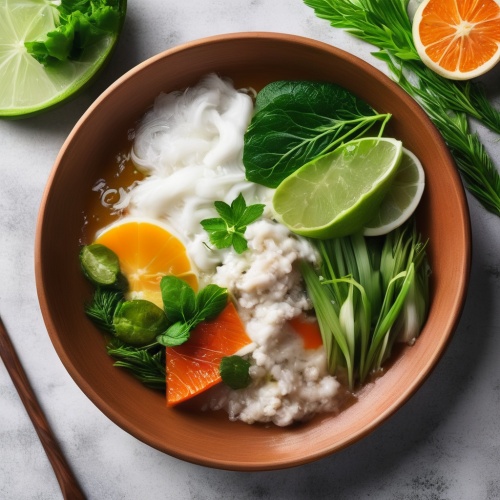 The first popular Filipino dish is Adobo, which consists of meat - typically chicken, pork, or seafood - cooked in vinegar, water, garlic, bay leaves, and black pepper. It is known for its tender texture and rich flavor.
The first popular Filipino dish is Adobo, which consists of meat - typically chicken, pork, or seafood - cooked in vinegar, water, garlic, bay leaves, and black pepper. It is known for its tender texture and rich flavor. 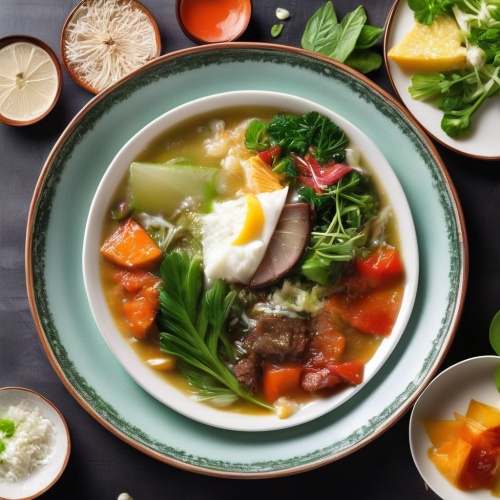 The second popular Filipino dish is Sinigang, a comforting soup that often features pork or beef, along with vegetables like taro, radish, and string beans. The broth is made from sour ingredients such as tamarind, calamansi, or guava, giving it a tangy taste.
The second popular Filipino dish is Sinigang, a comforting soup that often features pork or beef, along with vegetables like taro, radish, and string beans. The broth is made from sour ingredients such as tamarind, calamansi, or guava, giving it a tangy taste.  The third popular Filipino dish is Halo-Halo, a refreshing dessert made from shaved ice, sugar, and evaporated milk, mixed together and then layered with various sweet ingredients such as fruits, gelatin, and sweet beans. This cold treat is typically garnished with colorful ube (purple yam) jam and sago pearls.
The third popular Filipino dish is Halo-Halo, a refreshing dessert made from shaved ice, sugar, and evaporated milk, mixed together and then layered with various sweet ingredients such as fruits, gelatin, and sweet beans. This cold treat is typically garnished with colorful ube (purple yam) jam and sago pearls. 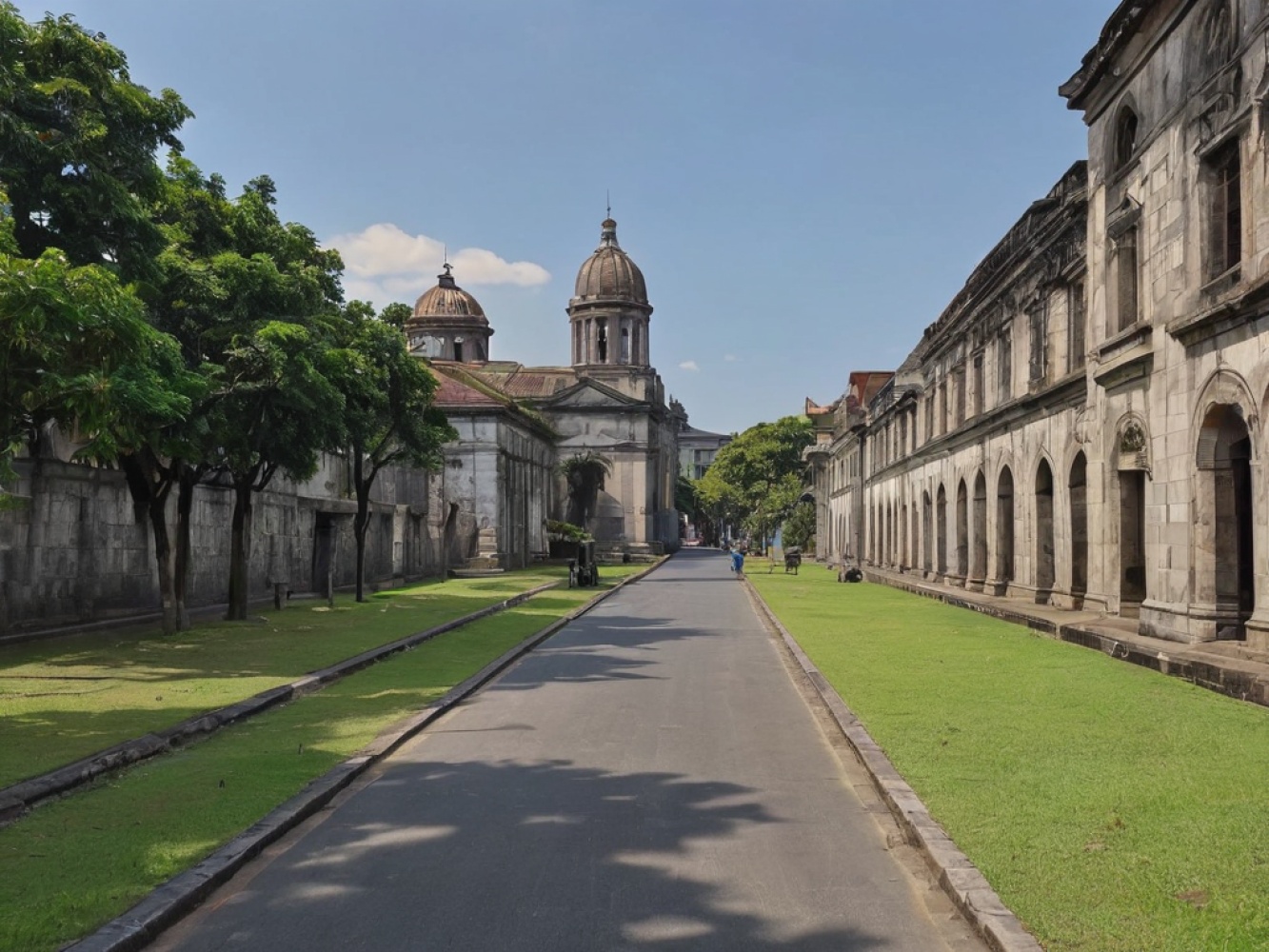

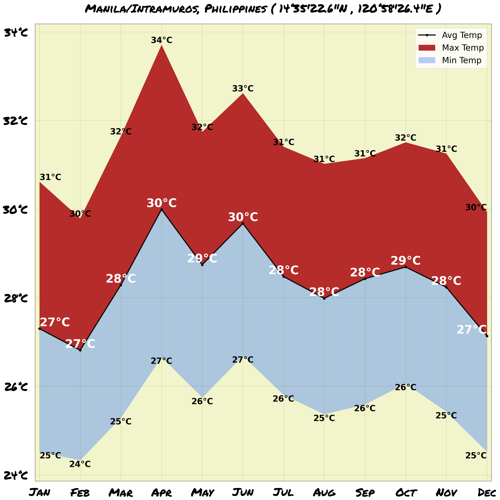

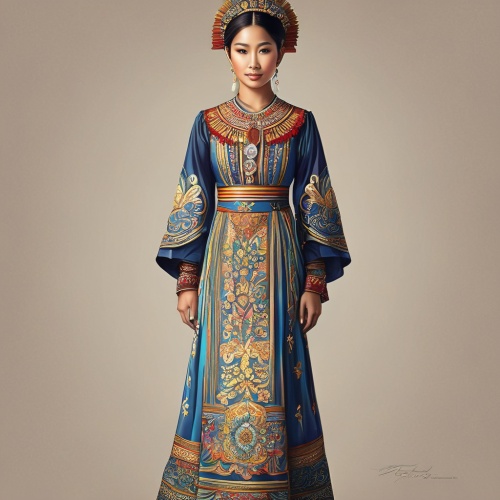
Comments
NO COMMENTS